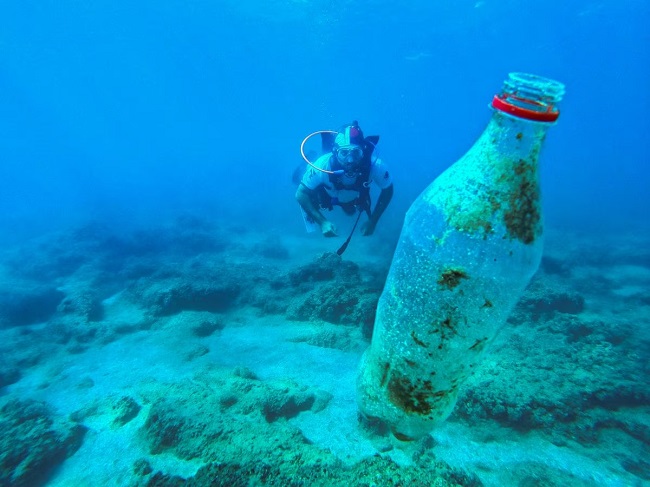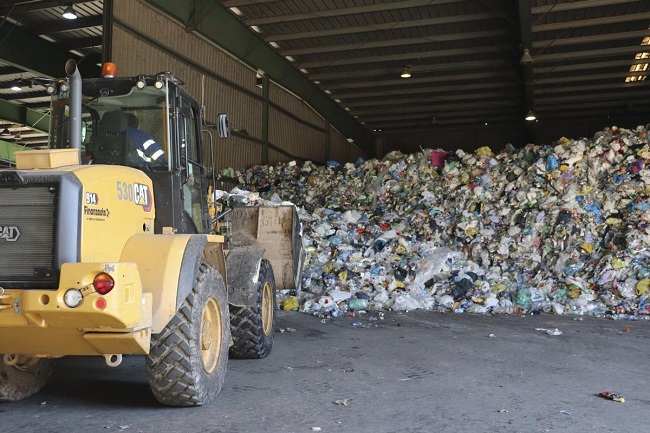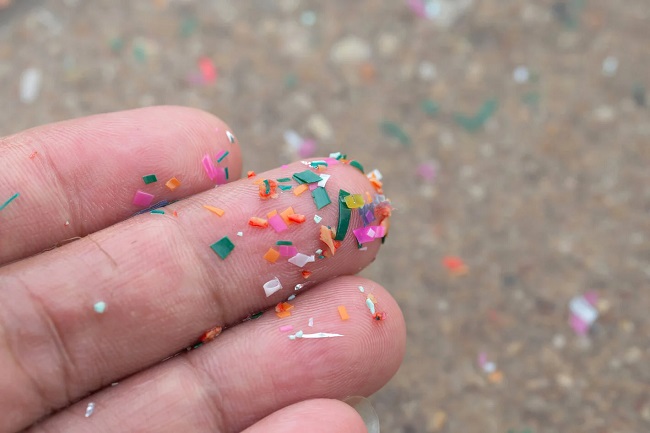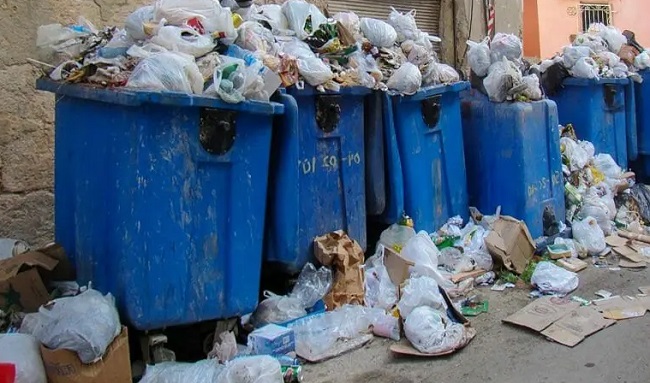Plastic: Dear Enemy
especiales

If you look around you, you will be convinced that we’re surrounded by products made of plastic. It’s so much that there’s a saying that claims that Cubans are divided into head, trunk, limbs and a plastic bag (which has also increased its price in the black market).
But it’s not about those “famous” bags that this text intends to comment on, but about recent investigations into plastic waste in general, microplastics in particular (those particles of synthetic polymers smaller than five millimeters that are organic, insoluble and resistant to degradation) and its many threats, which today are another siege on the life of the planet.
The issue is so complex that at present it’s possible to find these wastes floating on the bottom of the oceans, in the stomachs of birds and fish, in human blood, in the placenta and even in breast milk.

According to the UN Report “From Pollution to Solution”, plastics are the largest, most harmful and persistent accumulation of marine litter, and represent at least 85% of total marine litter.

It causes effects that can be fatal in whales, seals, turtles, birds, and fish, as well as invertebrates in that habitat, also in plankton, worms, and corals.
The damage it causes includes drowning, laceration of internal tissues, asphyxiation and lack of oxygen and light, toxicological damage as well as physiological stress.
If we remain idly by, it’s estimated that by 2040 the amount of plastic in oceans will triple that calculated in 2016, reaching the terrifying figure of between 23-37 million tons. In total, it’s estimated that the equivalent of a truckload of plastic containers ends up in the ocean every minute.
Also On Dry Land
The planet's waters are not the only ones affected. Half of the plastic waste that is not recycled ends up in landfills, about 19% is incinerated and 22% is abandoned in nature or burned in the open air. In total, about 22 million tons of plastic waste are dumped into the environment every year.

Most of the world's greenhouse gas emissions come from the production and processing of fossil fuels, and more than 99% of plastics are produced from oil, gas, and coal.
According to the Organization for Economic Co-operation and Development (OECD), the maximum useful life of almost two thirds of the plastics produced each year is five years and these plastics are used above all to package food (31% and, in textiles and consumer goods (23%), which ends up becoming waste, unhealthy waste.
Obviously, not all countries generate the same amount of plastics, therefore, their waste. Among the largest producers of this material are the U.S. (21%), China (19%) and India (5%). In total, each year the EU generates around 30 million tonnes of such waste.
Paradoxically, it’s in developing countries where the greatest number of people affected by poor waste management is found, particularly due to the toxic fumes derived from the burning of plastic waste. Between 400,000 and one million people die annually in these nations from these causes.
In the last two decades, annual plastic production has doubled to 460 million tons. And they estimate that it could triple in 2060 if nothing is done. However, only 9% is recycled.
The production of plastics in the world continues unstoppable and on the rise that the head of UN-Environment, the Danish environmentalist and economist Inger Andersen, assures that recycling will not be enough to confront this avalanche, which ends up in microplastics, present in water, air, and food.

More Than Wearing “Band-aids”
Wearing “band-aids” would not be the solution the planet needs to solve this issue. Hence, last September the first version of a future international treaty against plastic pollution was announced by the UN, expected to be ready by the end of next year.
It’s clear that establishing regulations regarding plastic and its polluting effects is a hard task because there will always be those who advocate reducing said production and those who insist on reusing and recycling plastics.

In fact, last World Environment Day focused on solutions to plastic pollution.
For its part, the European Commission issued new measures last September that ban the sale of microplastics as such, as well as products that intentionally contain and release them during use.
Among the best-known productions that today contain this additive are synthetic sports surfaces, whose granular filling material constitutes the largest source of intentional microplastics in the environment. Also cosmetics, detergents, fabric softeners, glitter, fertilizers, phytosanitary products, toys, medicines and other health products.
With such provisions they hope to prevent the release of nearly half a million tons of this waste into the environment.
On top of this are other novelties such as the discovery of a certain uniqueness in the mealworm, whose gastric functioning allows it to get rid of plastic by ingesting it; as well as the creation of an enzyme capable of degrading plastic waste in hours, as published in Nature magazine.

Cuba and its Plastic Bags
Limiting plastic waste in Cuba only to the plastic bags that flood streets, garbage bins and landfills would be a mistake.
In fact, knowledge about the presence of microplastics, especially in our marine systems, received a substantial boost with the research carried out by the Center for Environmental Studies of Cienfuegos (CES) and promoted during the recent Bojeo a Cuba.

In this regard, Doctor of Science Patricia González Díaz, president of the Scientific Council of the Marine Research Center of the University of Havana, indicated that they will contribute to filling a gap in knowledge about the effect of these substances on the health of marine and terrestrial organisms.
CES researchers told the Cuban News Agency that there’s a presence of microplastics on beaches in the central area of Cuba, confirmed by the analysis of 70 sand samples from beach resorts on the northern and southern coasts. Of that total, 40 showed these particles, with various shapes, sizes, and chemical compositions.
For his part, Doctor of Science Alejandro García Moya, director of CES, spoke during the NUTEC Plastic event, parallel to the General Conference of the International Atomic Energy Agency (IAEA), held in Vienna, Austria, at the end of last September on the impact on Latin American regions of this type of pollution and elaborated on the contribution of the Marine-Coastal Research Network (REMARCO), which connects 18 countries, including Cuba.

Our country will begin to apply in 2024 the new Law of the Natural Resources and Environment System, approved in May 2022 by the National Assembly of People's Power.
These regulations consider international treaties and the fundamental principles of environmental law included in the declarations of several summits on the subject.
Likewise, it responds to compliance with the Sustainable Development Goals adopted by the United Nations, which is why it includes very diverse areas such as waste treatment, air quality, as well as the assessment of consumption and production, among others.
A very up-to-date vision of climate change identifies this Law, in which the topic that has occupied these lines has its fair share.
Translated by Amilkal Labañino / CubaSí Translation Staff














Add new comment